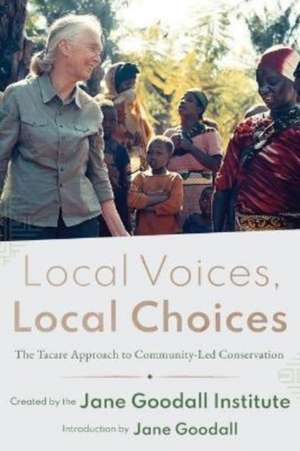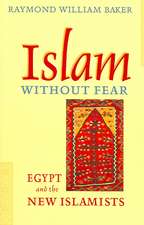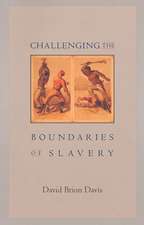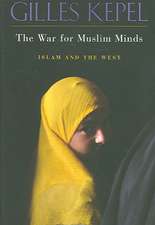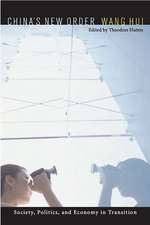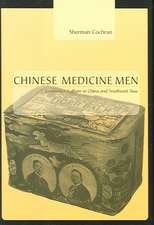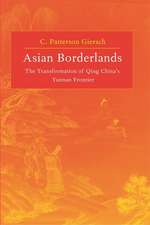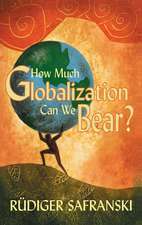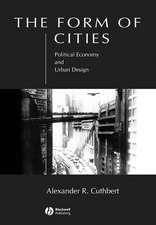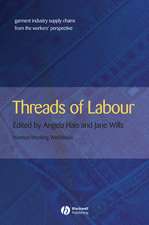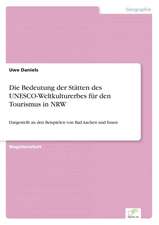Local Voices, Local Choices
en Limba Engleză Hardback – 13 oct 2022
Preț: 209.97 lei
Nou
Puncte Express: 315
Preț estimativ în valută:
40.18€ • 41.51$ • 33.42£
40.18€ • 41.51$ • 33.42£
Carte disponibilă
Livrare economică 27 februarie-13 martie
Livrare express 12-18 februarie pentru 33.91 lei
Preluare comenzi: 021 569.72.76
Specificații
ISBN-13: 9781589486461
ISBN-10: 1589486463
Pagini: 400
Ilustrații: Photos, Maps
Dimensiuni: 147 x 213 x 25 mm
Greutate: 0.62 kg
Editura: Esri Press
ISBN-10: 1589486463
Pagini: 400
Ilustrații: Photos, Maps
Dimensiuni: 147 x 213 x 25 mm
Greutate: 0.62 kg
Editura: Esri Press
Cuprins
Foreword by Jack Dangermond
Introduction: The birth of Tacare by Jane Goodall
The Jane Goodall Institute's method of community-led conservation.
1 The human-made island: Mzee Jumanne Kikwale meets Jane Goodall at an impressionable age. Dr. Anthony Collins arrives to study Gombe's baboons.
2 Paradigms and problems: Mzee Jumanne Kikwale moves back to Kigoma to teach the next generation about trees. Dr. Anthony Collins recalls Tacare's earliest steps - and missteps.
3 1994: Understanding deforestation: George Strunden and the genesis of TACARE.
4 1994: The forester: Mzee Aristides Kashula sees both the forests and the trees.
5 Cultivating a holistic approach: Mzee Emmanuel Mtiti dances with donors.
6 Creating a common language: Dr. Lilian Pintea uses mapping technologies to develop a dialogue between communities and conservationists.
7 Local ambassadors: Learning from and speaking for the chimps: Gabo Paulo, Eslom Mpongo, Hamisi Mkono, Fatuma Kifumu, and Yahaya Almas reflect on decades of chimp observation at Gombe.
8 A confluence of disciplines: Dr. Shadrack Kamenya explains why indigenous researchers are essential to outreach efforts. Dr. Deus Mjungu dedicates his career to creating habitat corridors for endangered wildlife.
9 The cycles of old and new: Japhet Mwanang'ombe educates and inspires the younger generation. Hamisi Matama preserves the traditional ecological knowledge his mother taught him.
10 Seeking homeostasis: KANYACODA, VHTs, PFOs, KIKACODA: Working toward human and ecological health in Uganda.
11 The fatal interface KACODA, Uganda: Finding successful strategies to reduce human/chimp conflict.
12 From the cloud to the ground: Ugandan Wildlife Authority: Obed Kareebi, Frank Sarube, and
Philemon Tumwebaze on poverty, technology, and conservation.
13 Outreach through fire: Dario Merlo hears Jane's words of hope as bombs fall on Goma.
14 The banks and the bees: Phoebe Samwel links microcredit to women's empowerment Kapeeka Integrated Community Development Association (KICODA) harvests honey - and venom.
15 Changing the retirement plan: Mama Sonja manages difficult conversations about choice.
16 Of women champions: Alice Macharia paves the way for African women in conservation. Yakaka Saweya explains why so many village girls don't complete their education.
17 The cycle of regeneration: Alice Macharia is in it for the long term - and the short term.
18 A "talking office" with maps: Joseline Nyangoma, Hoima district natural resources officer, wants
science to tell a story.
19 People, pixels, and puff adders: Dr. Lilian Pintea contemplates different ways of knowing.
Conclusion
Introduction: The birth of Tacare by Jane Goodall
The Jane Goodall Institute's method of community-led conservation.
1 The human-made island: Mzee Jumanne Kikwale meets Jane Goodall at an impressionable age. Dr. Anthony Collins arrives to study Gombe's baboons.
2 Paradigms and problems: Mzee Jumanne Kikwale moves back to Kigoma to teach the next generation about trees. Dr. Anthony Collins recalls Tacare's earliest steps - and missteps.
3 1994: Understanding deforestation: George Strunden and the genesis of TACARE.
4 1994: The forester: Mzee Aristides Kashula sees both the forests and the trees.
5 Cultivating a holistic approach: Mzee Emmanuel Mtiti dances with donors.
6 Creating a common language: Dr. Lilian Pintea uses mapping technologies to develop a dialogue between communities and conservationists.
7 Local ambassadors: Learning from and speaking for the chimps: Gabo Paulo, Eslom Mpongo, Hamisi Mkono, Fatuma Kifumu, and Yahaya Almas reflect on decades of chimp observation at Gombe.
8 A confluence of disciplines: Dr. Shadrack Kamenya explains why indigenous researchers are essential to outreach efforts. Dr. Deus Mjungu dedicates his career to creating habitat corridors for endangered wildlife.
9 The cycles of old and new: Japhet Mwanang'ombe educates and inspires the younger generation. Hamisi Matama preserves the traditional ecological knowledge his mother taught him.
10 Seeking homeostasis: KANYACODA, VHTs, PFOs, KIKACODA: Working toward human and ecological health in Uganda.
11 The fatal interface KACODA, Uganda: Finding successful strategies to reduce human/chimp conflict.
12 From the cloud to the ground: Ugandan Wildlife Authority: Obed Kareebi, Frank Sarube, and
Philemon Tumwebaze on poverty, technology, and conservation.
13 Outreach through fire: Dario Merlo hears Jane's words of hope as bombs fall on Goma.
14 The banks and the bees: Phoebe Samwel links microcredit to women's empowerment Kapeeka Integrated Community Development Association (KICODA) harvests honey - and venom.
15 Changing the retirement plan: Mama Sonja manages difficult conversations about choice.
16 Of women champions: Alice Macharia paves the way for African women in conservation. Yakaka Saweya explains why so many village girls don't complete their education.
17 The cycle of regeneration: Alice Macharia is in it for the long term - and the short term.
18 A "talking office" with maps: Joseline Nyangoma, Hoima district natural resources officer, wants
science to tell a story.
19 People, pixels, and puff adders: Dr. Lilian Pintea contemplates different ways of knowing.
Conclusion
